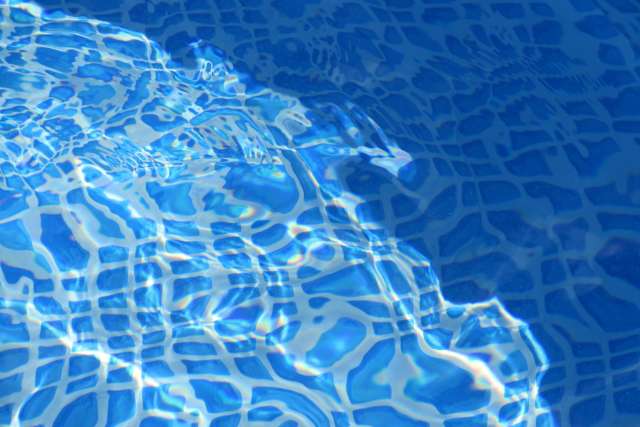Dear Doctors: It's a tradition in my husband's family to start the new year with a dip in the ocean. We live in Maryland, so that means it's freezing cold. I see on social media that doing a cold plunge is now a craze. Is it true what they're saying, that it's good for you?
Dear Reader: Enthusiasts on TikTok, where cold plunge videos are amassing millions of views, are advocating a practice that dates back thousands of years. The use of cold as a therapeutic agent is referenced in texts left behind by the ancient Egyptians and cited as beneficial by the ancient Greeks.
The cold plunge is just as it sounds: It's immersing yourself in icy water. How long the dip lasts, how often it is done and how cold the water should be varies. The common denominator is the idea that subjecting your body to a sudden and prolonged change in temperature confers physical and mental health benefits.
The cold plunge falls into a treatment category known as whole-body cryotherapy. Depending on the approach, it involves the application of ice, cold air or cold water. Proponents cite a vast and varied list of benefits. These include pain relief, improved exercise recovery, better sleep, sharper focus, improved mood, lower levels of inflammation, enhanced immune function, improved insulin sensitivity, better tolerance of mental and emotional stress, and boosted metabolism. Data definitely support the idea that cold exposure can confer health benefits. However, research into the practice is mixed, and cold plunge skeptics will also find studies to cite.
An intriguing area of inquiry in cryotherapy is its potential effect on brown fat. This is a type of fat the body uses to maintain body temperature by breaking down fat and blood glucose, each a welcome metabolic action. The link to the cold plunge? Brown fat is activated by cold temperatures.
Anyone who wants to try a cold-water therapy should ease into it. Some enthusiasts say icy showers are a good way to begin. For full-body immersion, start with brief, controlled exposures of just 10 to 20 seconds. If longer dips are the goal, get there gradually.
It's also important to know that a cold plunge can have adverse effects. When suddenly immersed in cold water, your body scrambles to preserve core temperature. Blood vessels constrict, the heart races, blood pressure shoots up and you begin to hyperventilate. None of this is safe for people with heart conditions, poor circulation and certain other health issues. And because water conducts heat from the body far more quickly than air, it doesn't take long for core body temperature to drop. As the body directs blood flow to protect vital organs, strength and coordination are lost.
All of this makes it a good idea to check in with your health care provider before giving the cold plunge a shot. And while this may seem like a no-brainer, we feel compelled to say, please, don't ever go swimming in icy water alone.
(Send your questions to [email protected], or write: Ask the Doctors, c/o UCLA Health Sciences Media Relations, 10960 Wilshire Blvd., Suite 1955, Los Angeles, CA, 90024. Owing to the volume of mail, personal replies cannot be provided.)





